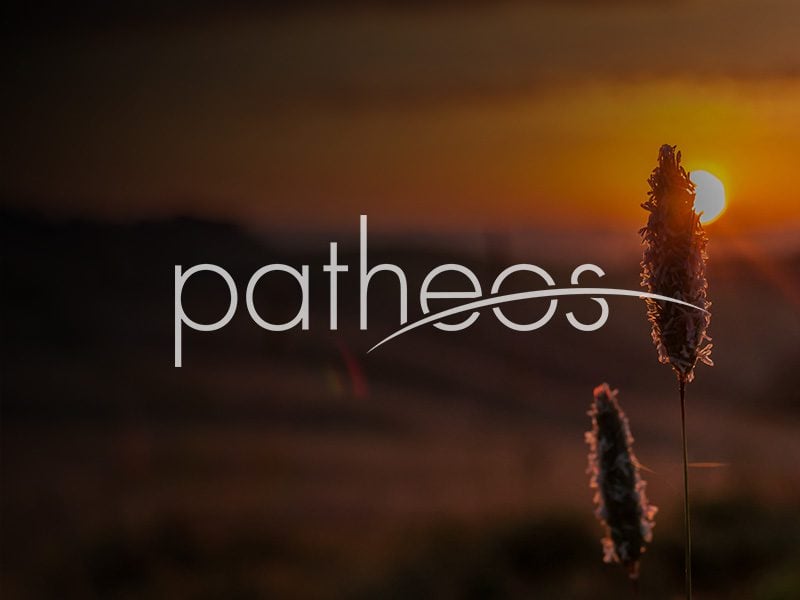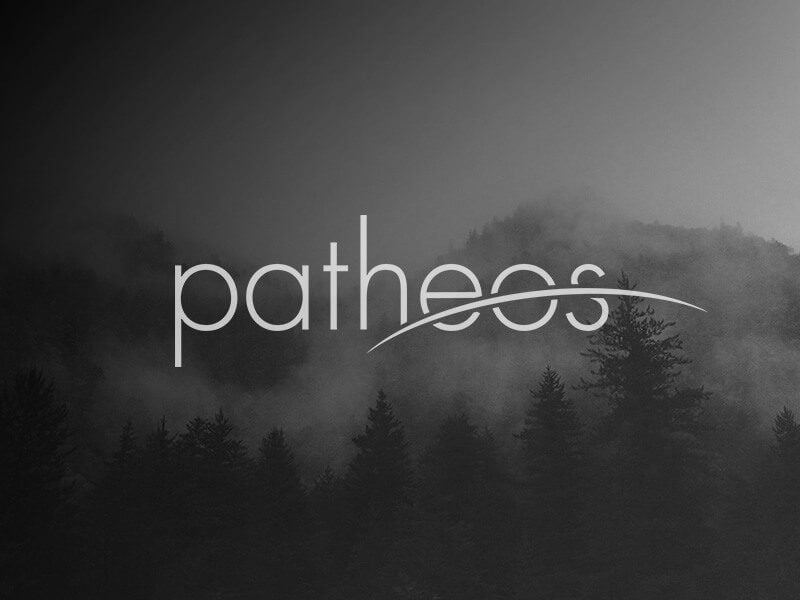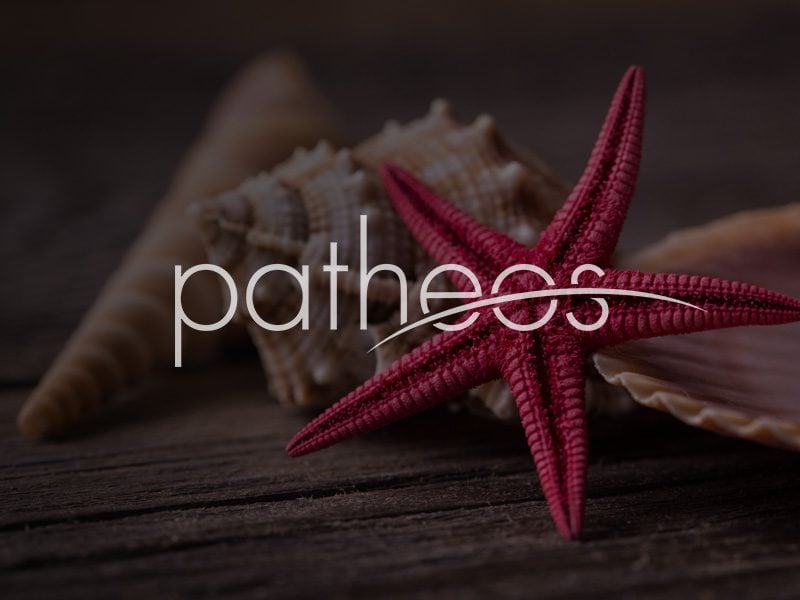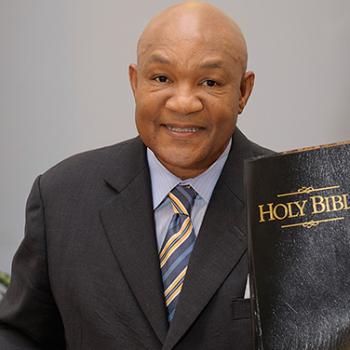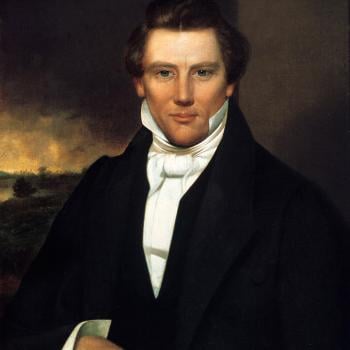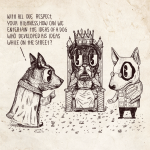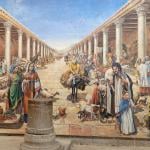At the feast, Pilate offers to release ( apoluo ) a prisoner to the people. Earlier in Matthew, the verb is used with some frequency to describe the release of a wife, a divorce (Matthew 1:19; 5:31-34; 19:3, 7-8). In other passages, it means “send away,” as when the disciples wish to send away the crowds to get food for themselves (e.g., 14:15). Though the word has a broader meaning, it seems plausible that the marital connotation is faintly present... Read more


